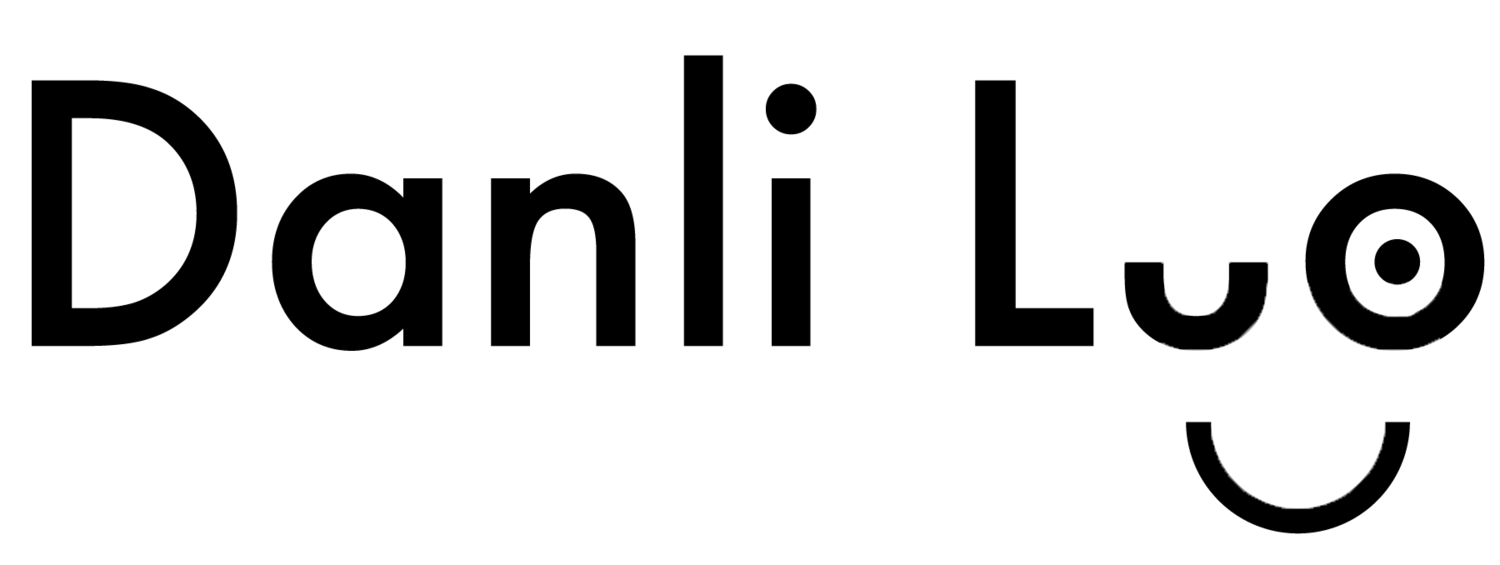August 09, 2022
Language: English
The movement of maker spaces started when the first makerspace was founded in and around 2010, populated by 30 members, among whom two were female. This bias in gender distribution was historically popular among the maker culture. Traditionally, ‘soft’ crafting such as weaving and knitting was categorized as female-specific ‘granny’ skills while some other craftsmanship such as carpentry was defined as masculine and manly. Abandoning such gendered and toxic culture in crafting is a major claim of the maker movement, enabled by the development of tools and machines which diminishes the requirement of physical strength.
As Bardzell et al. [1] claimed that tools symbolize the inventor or the maker of the said tools and their personality is reflected by the tools they design and assemble, Suchman [2] has identified the problem brough by the presupposition of machines being a thoughtless computational tool:
“...the apparent challenge that computational artifacts pose to the long-standing distinction between the physical and the social, in the special sense of those things that one designs, builds, and uses, on the one hand, and those things with which one communicates, on the other.” ([2], page 34)
While Suchman believes that livelihood is attributed to physical objects if they evidence emotion, speech, thoughts, or purposefulness, this distinction is now challenged by the advancement of artificial intelligence. Do I subscribe to the codification of everything? Ain’t us living in a world that is filled with entropic and quantifiable metrics?
But before this conversation goes thus far by questioning the consent of fully autonomous artificial intelligence, I will start and land on a compromised ground where machine intelligence stays on the level that the underlying algorithms, programs, or firmwares allow the intelligent machine to be conversational, responsive, reactive, and expressive in a language between natural human language and machine code. This language, with its subtleness in being both and neither of the human language and machine language, is the code to crack the essence in my vision of the new human-machine interaction. I hope to witness and participate in the evolution of intelligent agents with my fondness and attentiveness of tools and precision.
Symbolizing a notion of tools, I regard machines as a type of digitized and automated tools by anthropomorphizing machines. First prototyped by Jacques de Vaucanson in 1739, the Canard Digérateur, or Digesting Duck, although later a proven trick, brought up this valid concept of mechanically simulated biological entities. Why? I draw a rich inspiration from biological systems, the coordination between organs, the feedback loops of reflexive behaviors, the deprivation of language in communication and the ambiguity of biochemical signals, all constitute to a plan of machine design - a plan of idiosyncratic modularity.
Meet your maker, my synthetic machine.
At the very end, human-machine collaboration is not derived from HCI and coordination theories to engage only the digital affordance of tools and machines but to mediate social engagement of all players. I hope to witness the shift of the notion of tools and machines from a utilitarian perspective to a collaboration-engaging status and emphasize the playful nature of this collaboration. Nevertheless, while machines can have certain behaviors circumscribed by human-made algorithms, no one has considered their intentions. I may say this again and again, but
welcome to the future.
References
1. Jeffrey Bardzell, Shaowen Bardzell, and Austin Toombs. 2014. “now that’s definitely a proper hack”: self-made tools in hackerspaces. In Proceedings of the SIGCHI Conference on Human Factors in Computing Systems (CHI ’14), 473–476. https://doi.org/10.1145/2556288.2557221
2. Lucy Suchman. 2007. Human-Machine Reconfigurations: Plans and Situated Actions. Cambridge University Press.
